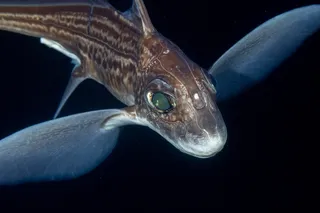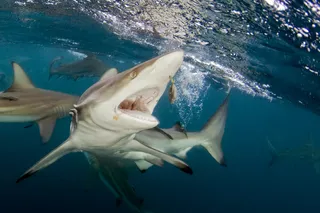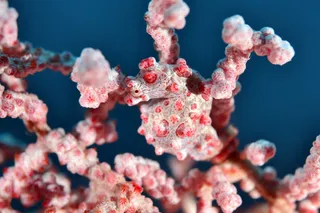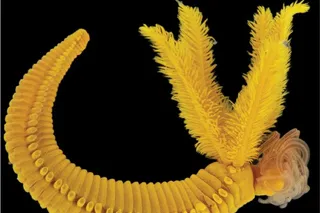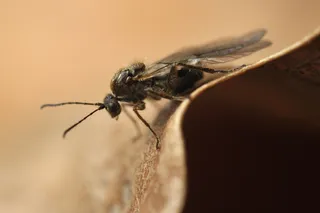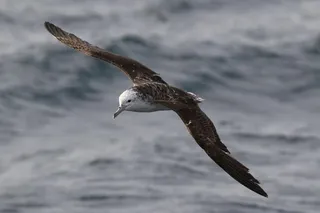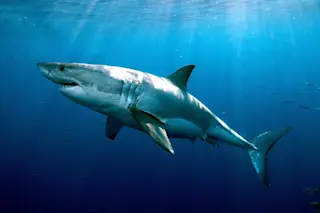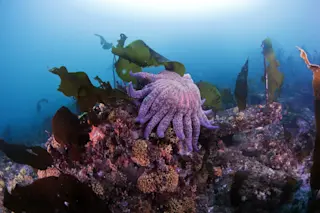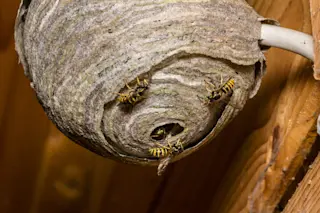NEXT>
Kaleidoscopic. Delightfully odd. And too numerous to truly grasp. There are many more words one could deploy to describe the worlds unknown under the sea. An international group of scientists has been scouring them for life for the last decade, and later this year, on October 4, the Census of Marine Life will release it catalog of marine inhabitants. "The number could be astonishingly large, perhaps a million or more, if all small animals and protists are included," the organization says. Octopuses, jellyfish, and other sprawling sea creatures dominated the census' prior reports. But this time they've dived even deeper, surveying tiny life.
Remotely operated deep-sea vehicles discovered that roundworms dominate the deepest, darkest abyss. Sometimes, more than 500,000 can exist in just over a square yard of soft clay [AP]
. And then there are the microbes.
The scientists conservatively estimate that there must be at least 20 ...


